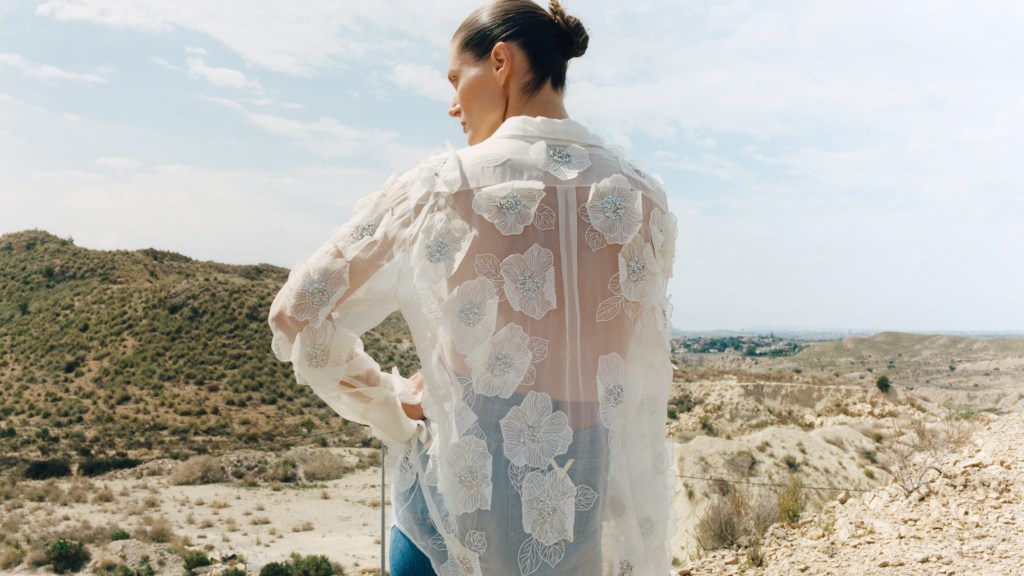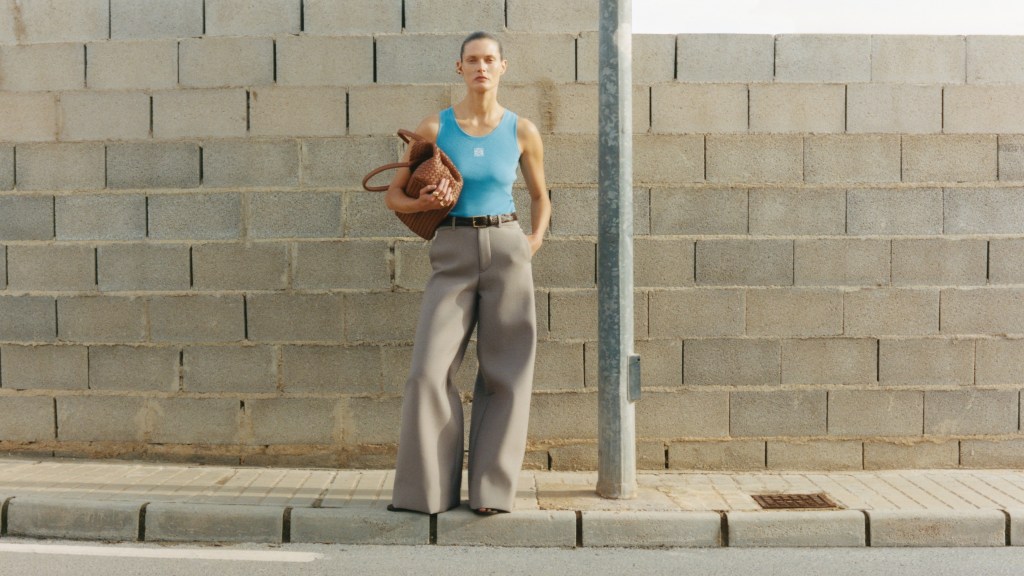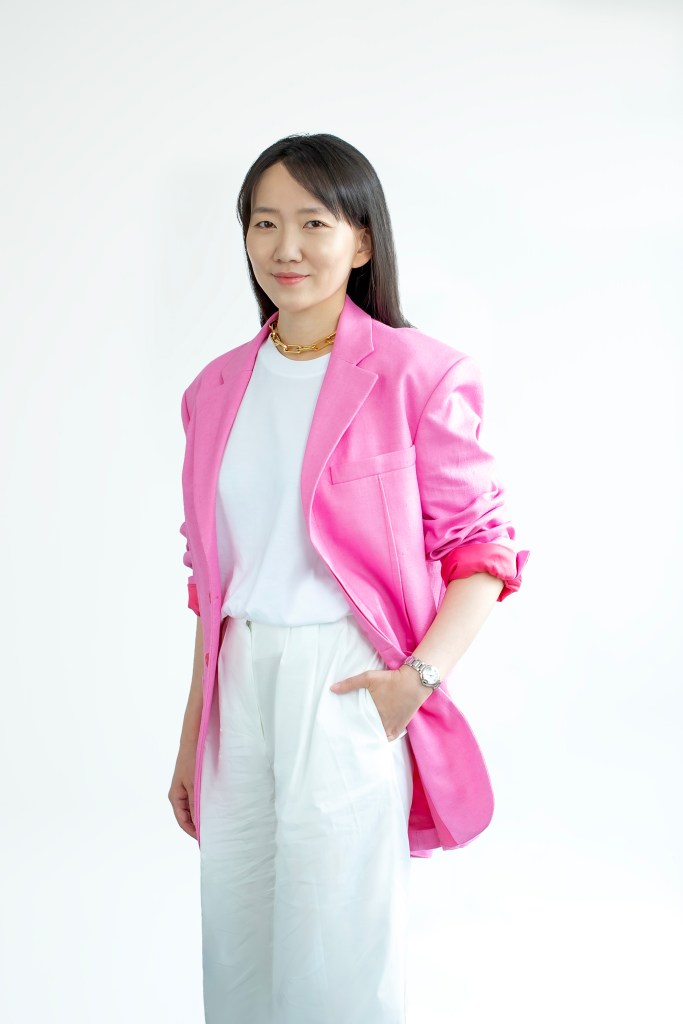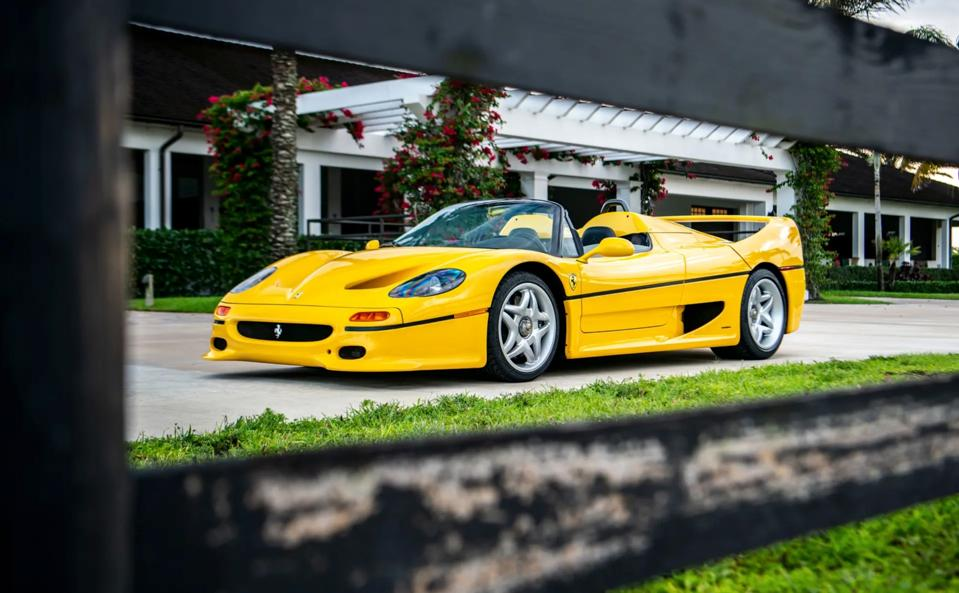Luxury fashion retailer, Net-A-Porter’s, ‘lifestyle’ category, which includes elevated wearable pieces and wardrobe staples, has seen a 75% increase in order count in 2023, compared to 2022.

Speaking to Forbes Australia, YOOX Net-A-Porter’s APAC GM, Natalie Lee, says the lifestyle category is now the company’s most significant growth driver.
“In Australia, we have seen the reinstatement of simplicity, everyday dressing and wardrobe necessities in recent seasons,” Lee says. “Our customers particularly love styles from The Row and Khaite and from Tom Ford and Brunello Cucinelli at Mr Porter [the company’s menswear retailer].”
The Row, which is owned by actresses-turned-designers Mary-Kate and Ashley Olsen, has seen a 20% increase in goods and services orders [GSO], while Khaite has seen an 18% uptake, compared to 2022.
The trend towards these elevated staples has been dubbed “quiet luxury”, which according to Lee, means “powerful, with a sense of ease”. The aforementioned brands play into this theme, and while the trend may have reached the mainstream, for Lee, it represents a wider shift.
“Over the past 12 months, we’ve seen a noticeable shift in how our customers are shopping, adopting a more conscious approach to buying that goes far beyond just fashion trends,” she says. “This has resulted in a strong desire to shop for quality investment pieces that can be worn for years to come. When making a purchase, Australian customers are considering sustainability, purpose-driven brands, and longevity of products.” In fact, 90% of the company’s global customers say sustainability credentials play a role in their purchasing decisions. Net-A-Porter’s ‘Net Sustain’ edit, which is a curation of consciously-crafted products, has expanded 500% since its inception in 2019 as a result.

“In the long term, circularity-related services, such as our pre-owned resale offer powered by technology provider Reflaunt… will continue to scale. Ultimately, we expect consumers to continue going into this direction and our industry will be focusing on empowering the customer to shop responsibly and keep products in circulation for longer.”
What’s ahead for the luxury fashion market?
With interest rates rising, and buyers’ hip-pockets taking a hit, the luxury fashion industry has had to switch gears.
McKinsey’s State of Fashion report released in November 2022 found hyperinflation and depressed customer sentiment had already resulted in declining growth rates in the fashion industry in the second-half of 2022, something that they claimed would persist into 2023. Fashion executives predicted inflation would continue to undercut customer demand, pushing shoppers to curtail fashion spending or trade down for less expensive products as bills spiked.
But the report also anticipated hat the luxury sector would continue to outperform, as wealthy shoppers insulated from the effects of hyperinflation would continue to travel and spend.
“The prominence of luxury brands among the top performers was attributable to the economic resilience of wealthier demographics, leading to a continuing demand for bags, luxury jewelry, and ready-to-wear,” the report found.

Loewe CEO Pascale Lepoivre agrees. “Over the past years the luxury category has proven resilient in times of crisis,” she told Forbes Australia. “Over the last few years, we have had to adapt to a more volatile environment with the only certainty being constant change. This has made us more agile in shifting our focus to swift evolutions in customer demand—a good example is the recent return of international tourism, which we’re experiencing now across Europe.”
Lee similarly has steered Net-A-Porter through an adapted focus in light of the economic conditions.
“With the tough macroeconomic climate in Australia and globally at large, we have emphasised our focus on value instead of volume, offering our customers quality, timeless pieces that last,” Lee says.
“When bringing on new brands, we critically assess them with a considered approach to ensure we are launching something distinct from our existing offering, while focusing on both innovation and luxury. We strive to maintain a point of difference, ensuring our curation is unparalleled is a constant in our strategy.”
Look back on the week that was with hand-picked articles from Australia and around the world. Sign up to the Forbes Australia newsletter here or become a member here.


